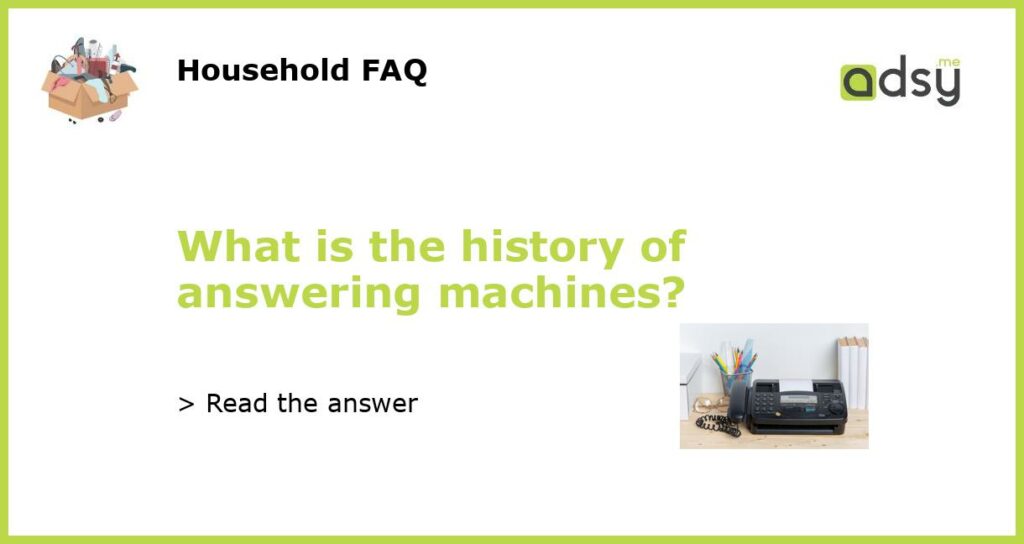The Evolution of Answering Machines: A Brief History
Early Beginnings
The concept of answering machines dates back to the early 1900s when inventors started experimenting with recording devices. One of the earliest models was called the “Telegraphone,” which was introduced in the 1920s. It was a bulky device that used wire to record voice messages from telephone conversations.
Answering Machines in the 20th Century
In the mid-20th century, several companies began developing answering machines that used tape instead of wire to record messages. The first commercially available answering machine was introduced by the PhoneMate Company in the 1970s. It used a cassette tape to record incoming messages, and users had to physically change the tape when it ran out of space.
Digital Age Answering Machines
As technology advanced in the latter half of the 20th century, so did answering machines. Digital answering machines were introduced in the 1990s, which eliminated the need for tapes. Instead, these machines used digital memory to record messages. In addition to recording messages, they also offered features like call screening, call forwarding, and remote access to messages.
Answering Machines in the Age of Smartphones
The rise of smartphones and text messaging in the early 21st century made answering machines less necessary for personal communication. However, they still have a place in many businesses and organizations. These days, answering machines are often integrated with PBX phone systems or offered as virtual services like Voicemail Office that can be accessed remotely through the internet or by phone.
Final Thoughts
From the Telegraphone to modern virtual services, answering machines have certainly come a long way. While they may not have the same widespread use as they once did, they still play a valuable role in many settings today.






